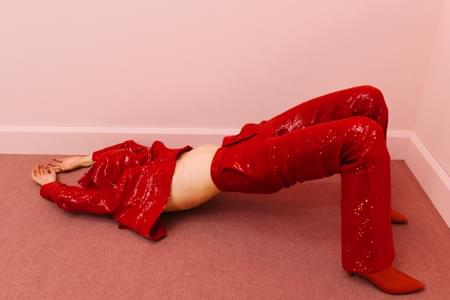This website will offer limited functionality in this browser. We only support the recent versions of major browsers like Chrome, Firefox, Safari, and Edge.

What is the Vaginal Vestibule?
I think it's fitting that the entrance to your vagina has the same name as the entrance to a church, don't you? Yep, the vestibule of a church is the outer courtyard or the entrance room. The vestibule of your vagina is the skin just around the vaginal opening. It is what welcomes any friendly visitors to the vagina. In order to get into the vagina, the vestibule must be entered first.
The type of skin in the vestibule is different from everything else down there. It’s a transitional skin where the inside of your vagina becomes the outside of your vulva. Think of it like your lips being where the inside of your mouth meets the outside of your face. There are several important residents of the vestibule, including your clitoris, the urethral opening (where pee comes out), the hymenal ring, and the vaginal opening.
You Can Have Pain There?
Yes! There are several pain syndromes related to JUST the vestibule. This kind of pain tends to be tearing or sharp, but I’ve heard it described as “ground glass” or “sand-paper” as well. This area gets touched with a handful of activities, like trying to put in a tampon, attempting to have sex, or having a speculum or pelvic exam at the gyno's office.
Sometimes women have pain in the vestibule all the time, but it’s much more common for it to only hurt with touch. That’s called “provoked pain”. The bottom of the vaginal opening is the most common place to have pain with sexual touch in the vestibule. When you have pain only with touch, and only in one small area of the vaginal opening, it’s called Localized Provoked Vestibulodynia.
How Common is This?
Having provoked pain in the vestibule is actually pretty common. About 8% of women in the US have symptoms consistent with localized provoked vestibulodynia. It is most common in women aged 20-49, but can happen at any age.
What Causes It?
Gosh, I wish we knew for sure what causes localized provoked vestibulodynia, but science hasn’t exactly figured it out yet. There are some theories though. Most of us in the field think that there's at least an inflammatory and immune system up-regulation. This may be triggered by yeast infections, or by tight muscles. But to be honest, it's really still a mystery.
That doesn't mean we are empty handed for treatments, but it DOES mean that not every treatment works for everyone, because we're not really sure what we're treating.
What Treatments are Available?
1. Stop putting stuff on your vulva. This area is very sensitive and can easily react to douches, sprays, and all sorts of chemicals. It’s best to avoid even using soap on the non-hair bearing areas of your vulva.
2. Creams/ointments for the skin that your doctor might prescribe:
- anesthetics like lidocaine
- hormone ointments or creams (sometimes these are mixed with the lidocaine)
- prescription topical steroids
- alternative creams that compounding pharmacies make
3. Female pelvic floor physical therapy- this is a biggie!!
4. Nerve blocks
5. Nerve Stimulation
6. Surgery
7. Complementary medicine- chiropractic, acupuncture, herbals
8. Counseling and mindfulness techniques
If you have pain with the initial attempt at entry into the vagina, and the description of tearing or rubbing sounds familiar, it may indeed be vestibulodynia. Please know this is quite treatable, but will need a good exam to make the diagnosis and set up a treatment plan just for you!
Learn more about pain with sex in your personalized Wellness Plan. Learn more and start your journey to sexual wellness in the Rosy App today!
Latest On XOXO Blog

Foods That Love Your Heart Back: A Dietary Guide to Cardiovascular Wellness
What you eat every day has the power to strengthen your heart—or strain it. Here’s how to make every bite count.

Stress vs. Burnout: How to Spot the Difference and Recover
Feeling constantly exhausted, unmotivated, and overwhelmed? You might be dealing with more than just stress—burnout could be the culprit.


